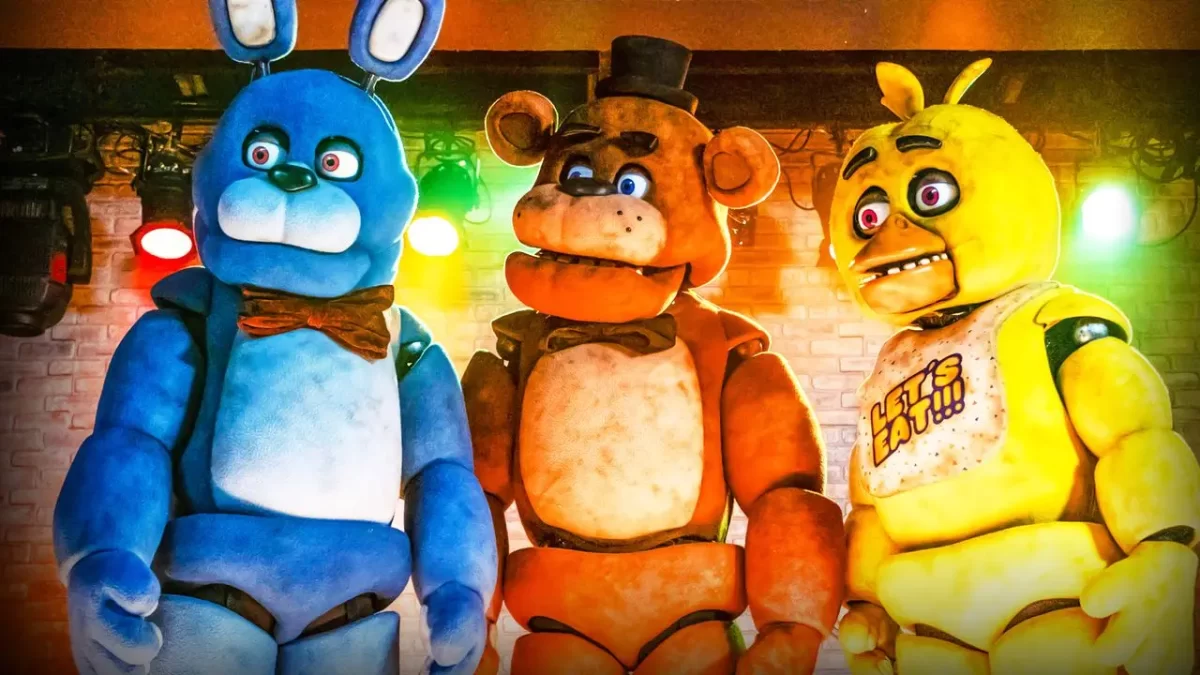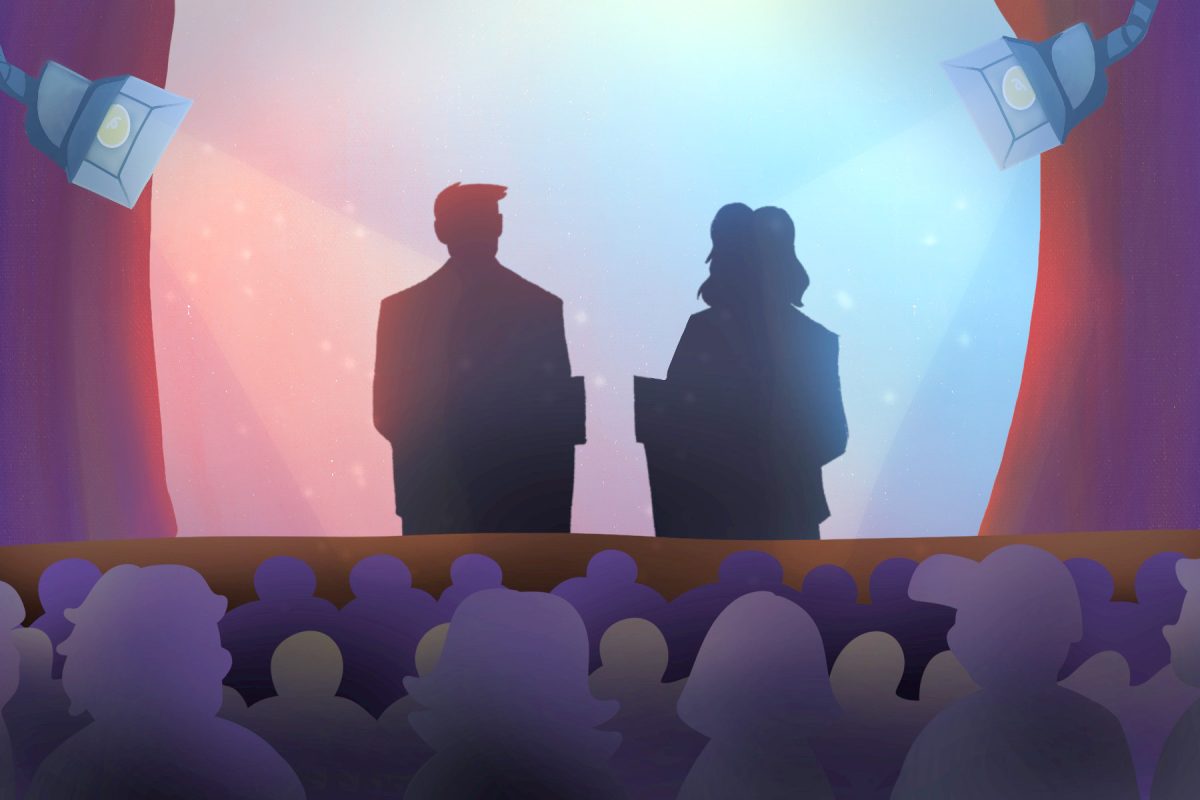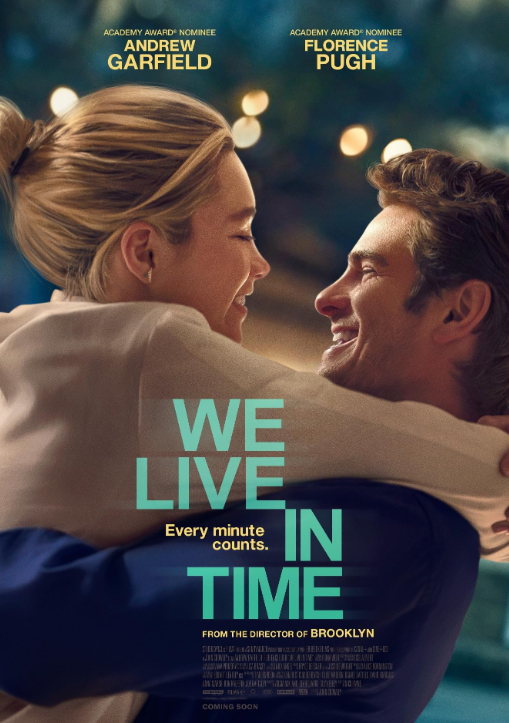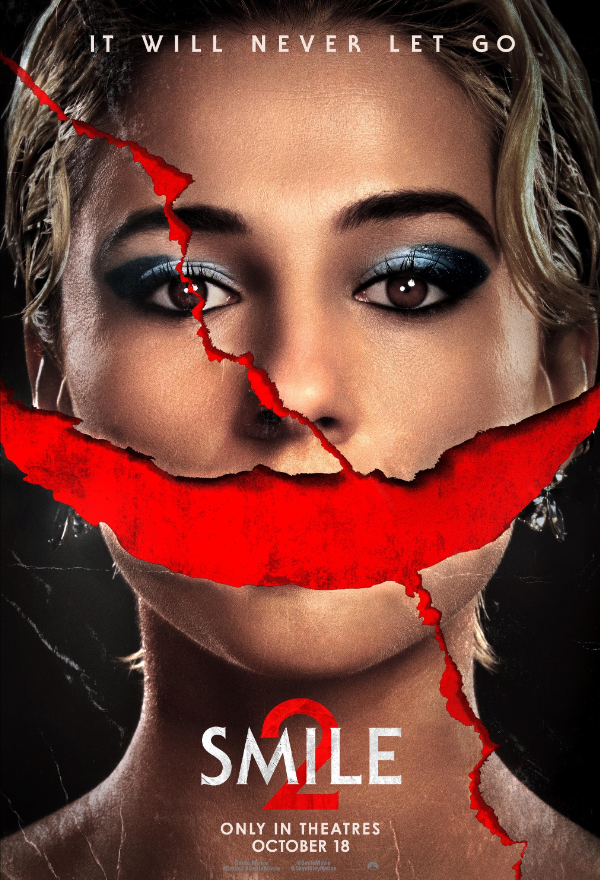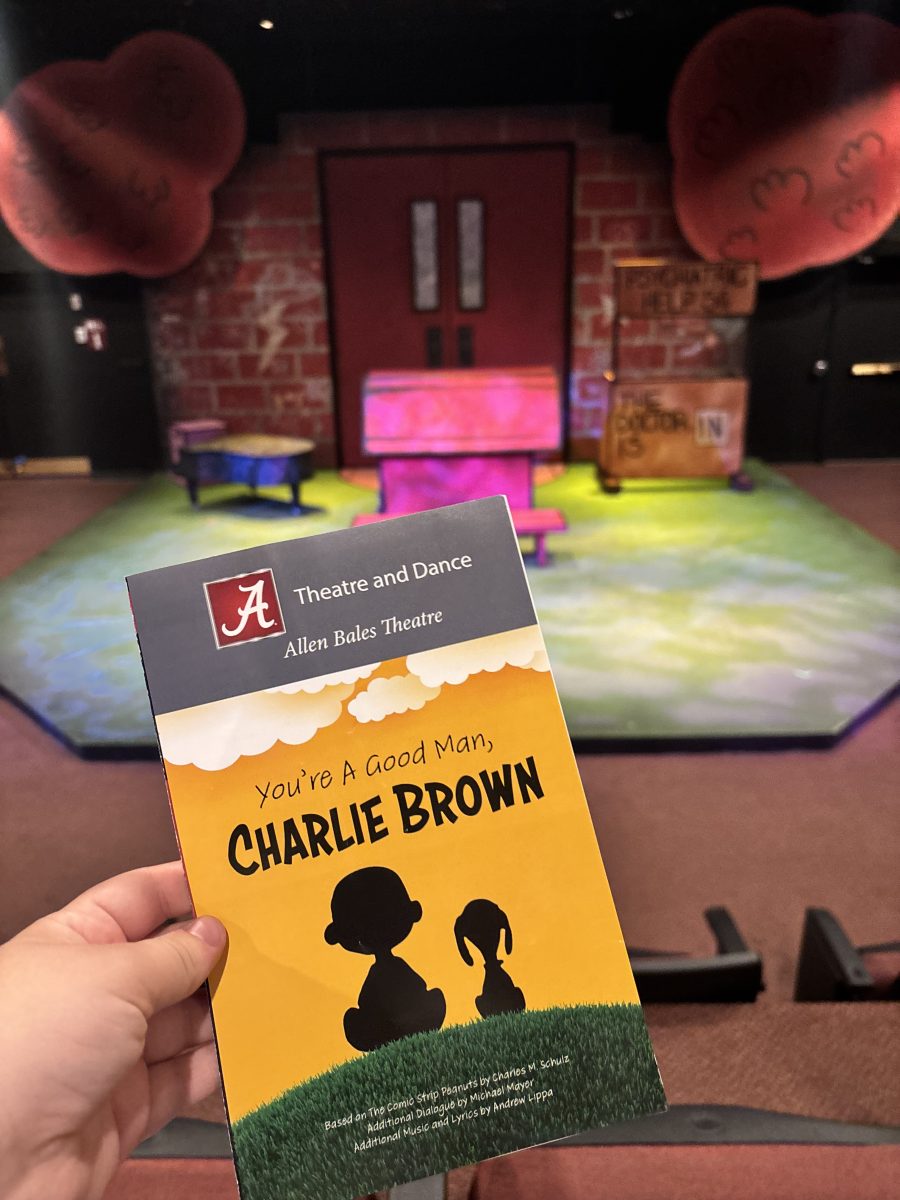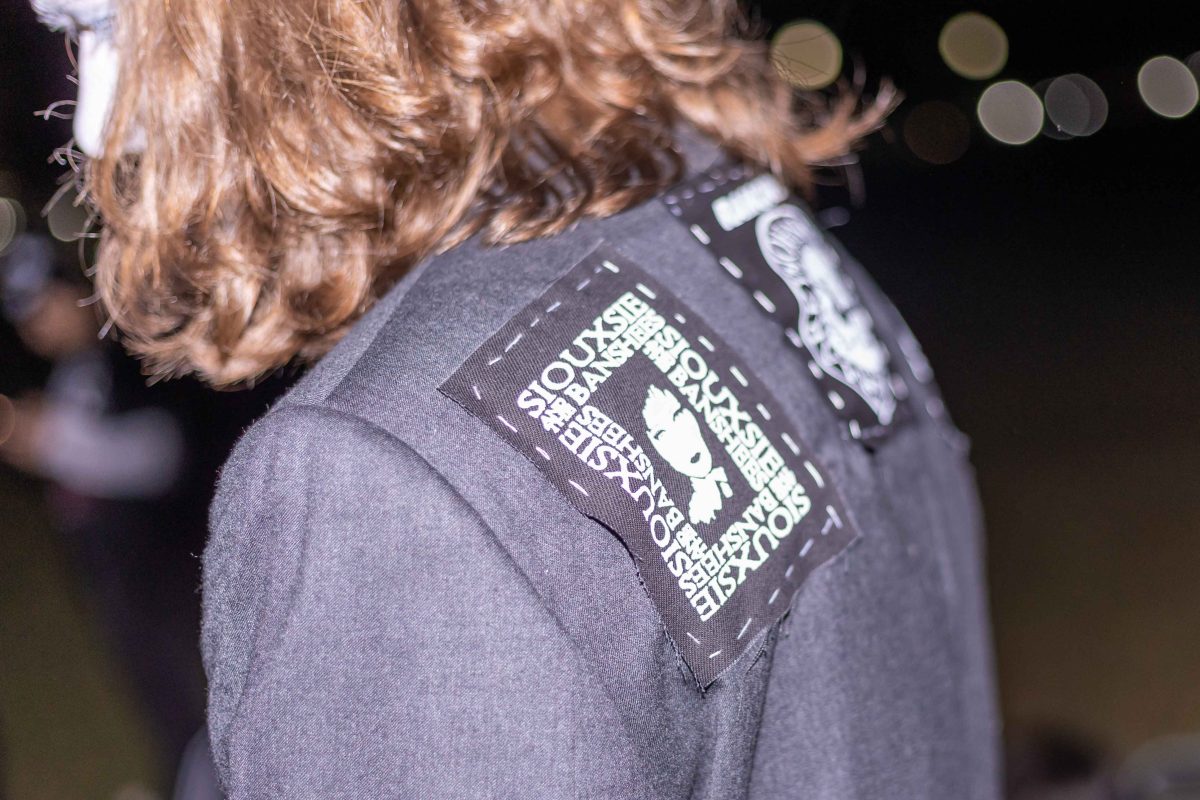After the release and immediate explosion of “Five Nights at Freddy’s,” a horror video game that prospered by capitalizing on the fear of animatronics instilled into the populace by chains such as Chuck E. Cheese, cinematic adaptation was inevitable.
A movie was announced in 2015 and hung in development limbo for nearly a decade, perpetually lingering on the Hollywood horizon as the game continued to expand its popularity and lore.
Nine years later, fans of the game have at last been gifted the coveted adaptation. With long-building anticipation and a Halloween-weekend release, the movie was released into a perfect financial storm; despite being released simultaneously in theaters and on streaming service Peacock, it raked in $132 million globally.
Critical reception has been far from kind, however, with the film receiving a 29% critics’ score on Rotten Tomatoes, a 5.5/10 on IMDb and a 2.6/5 on Letterboxd.
This pervasive maligning creates a complicated situation. On one hand, such low scores reflect less-than-stellar qualities that are undeniably present; on the other hand, it largely ignores the cultural significance of the franchise and thus underestimates the movie’s success proportionate to its intent.
“Five Nights at Freddy’s” is unique in its existence as an iconic property that is recent enough to occupy modern cultural memory yet old enough to have a fan base that is ravenous for something as validating as a film adaptation. A similar effect will be present when the Minecraft movie is released in 2025: Enthusiasts will have long waited, but the source material won’t have acquired vintage status.
This dynamic has created a cavernous split between fans and critics. That 29% Rotten Tomatoes critic rating contrasts with an 88% audience score, a difference that is one of the largest in the website’s database.
It’s likely that the base of expectations is where the problem lies. Critics must judge the film on the spectrum of all films, comparing its narrative strength, performances, quality of dialogue and potence of horror with the grand totality of Hollywood.
In this regard, “Five Nights at Freddy’s” is solid but unremarkable.
Its story is a fairly standard blend of robot creature horror. It is rarely scary, but it provides some decent thrills, particularly when it uses the power of suggestion instead of trying to fit gore into its PG-13 rating. Josh Hutcherson is fine in the main role, as are most of his castmates. The only real standout is Matthew Lillard, and that’s more from career repute than from this specific outing.
The writing ranges from tolerable to eyeroll-inducing. When it ventures outside the established lore in an effort to add backstory to Hutcherson’s main character — the foremost element of the story separate from the original property — the results are similarly so-so.
Though the lowest scores might be too harsh, the fact that less than 30% of curated reviews gave the movie a “fresh” rating isn’t surprising.
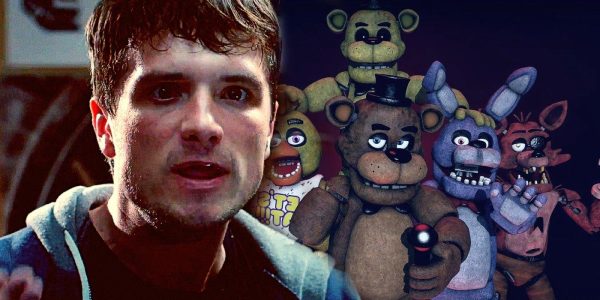
Fans, on the other hand, reside for the most part outside this critical frame of mind. They judge the adaptation on how well it captures the spirit of the game, how worthily it invokes the name of Freddy Fazbear’s Pizzeria and the immortalized animatronics therein.
By these standards, “Five Nights at Freddy’s” passes with mostly flying colors. Within the Hollywood scary movie format — had this been a more independent work, it could’ve perhaps been more experimental with form to emulate the style of horror from the game — it translates the source material well.
More than anything, it’s fun. It is as much a cultural event as it is a standard October horror flick, and the atmosphere benefits massively.
Any hyperbole floating around in critic and fan circles alike, whichever direction it slants, is too strong. Though the film hails from an infamous piece of media, it is on the whole an innocuous outing, enjoyable but not quite a world beater. Barring a deep connection with the video game or a nasty case of automatonophobia, viewers won’t leave the theater any different than when they entered.



